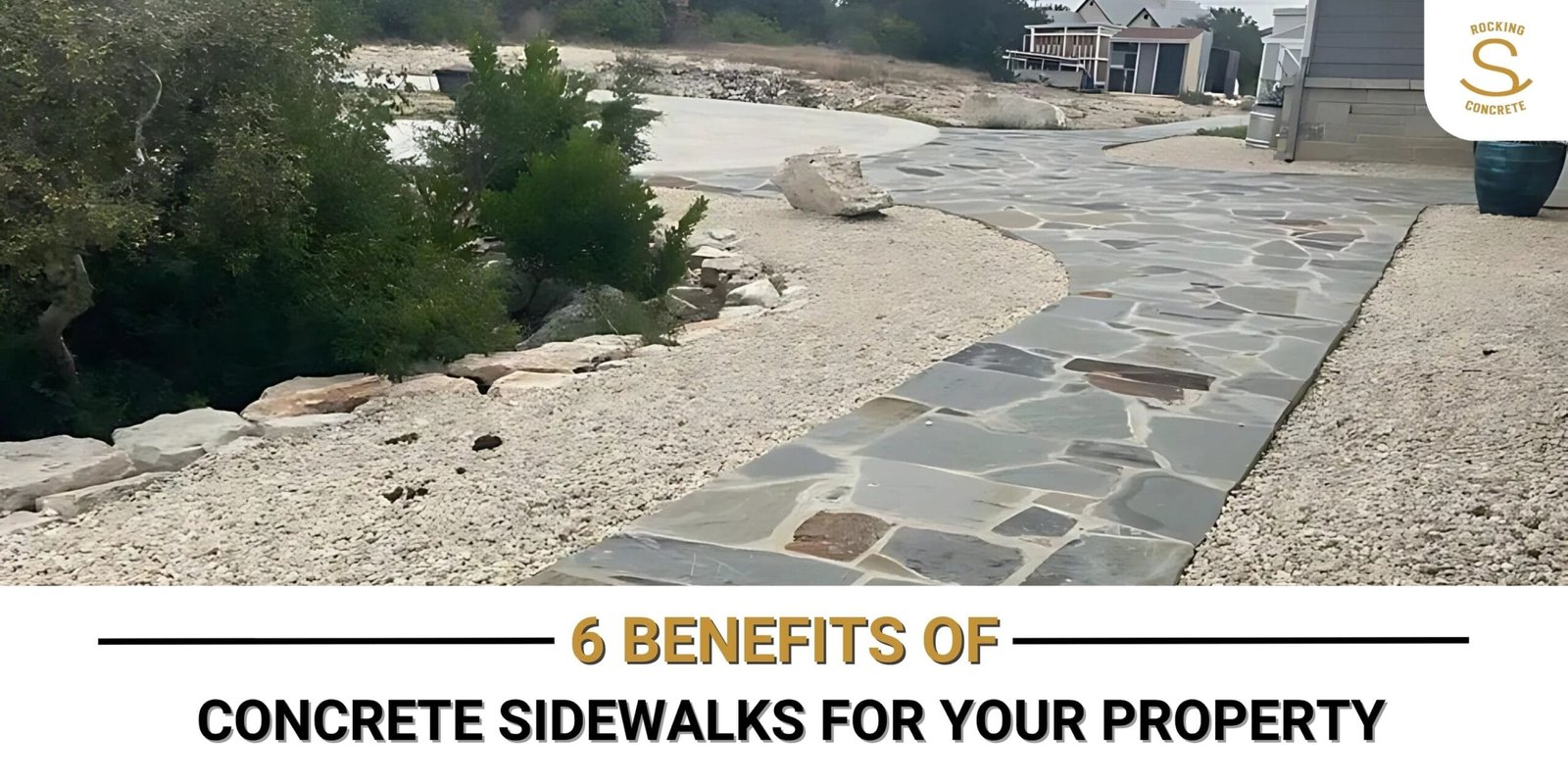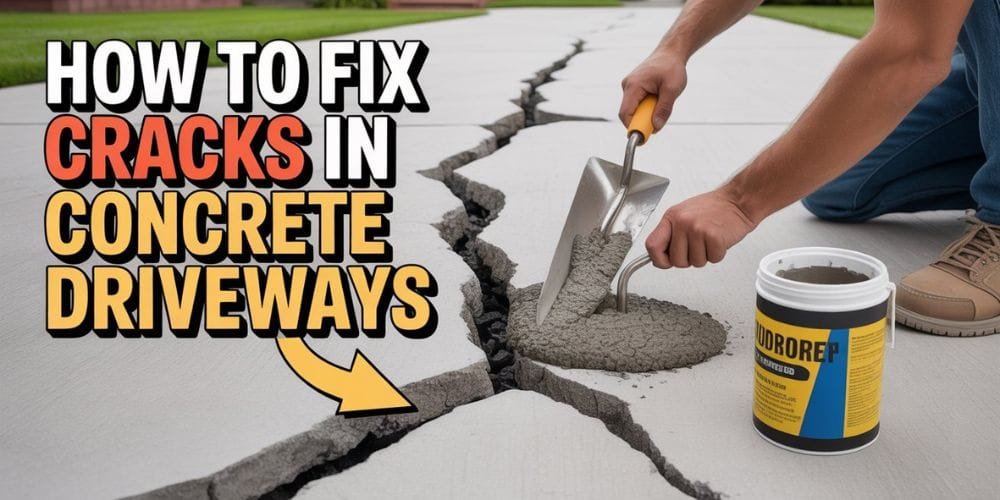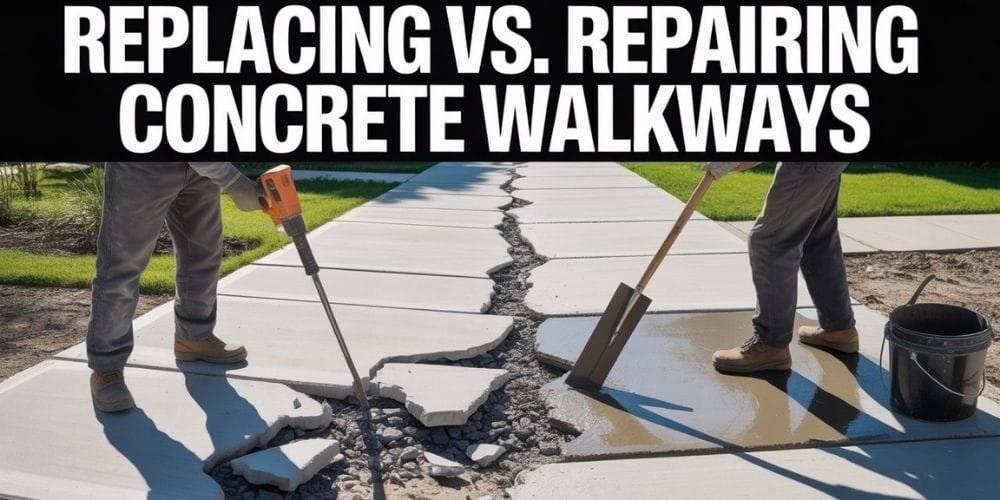A sidewalk? What’s the big deal about it? Sidewalk may not appear like a huge deal, but it has a huge role in your daily life than just being an outdoor surface. You don’t want “mountainy” sidewalks, where it’s hard to even stand, let alone walk.
If you want to hire expert concrete sidewalk contractors or do it yourself, understanding the benefits of sidewalk concrete will help you select the proper material and keep it looking great for years.
Here are six reasons why homeowners like concrete that are based on facts.
1. Safer Foot Traffic and ADA-Friendly Slopes
Accidents involving tripping and falling are common on uneven surfaces. A review of emergency room data from 2024 indicates that walkways that have cracked or heaved are associated with an increasing number of pedestrian accidents, particularly involving children and the elderly. The smooth surface and brush finish of freshly mixed concrete provide surefooting in any weather.
It comes with compliance around accessibility. It is in place so as to prevent wheelchairs from sliding downhill; the 2010 ADA Standards set the maximum sidewalk cross-slope at 1:48 (≈2%). For the whole width of the slab, installers can maintain that tight tolerance since concrete sets with minimum surface distortion. An accessible, slip-resistant walkway protects family, guests, delivery drivers, and your personal legal liability.
2. Impressive Lifespan and Structural Strength
Concrete is famous for staying in service far longer than asphalt or pavers. A recent study found that concrete pavement lasts about 27.5 years before needing major repair – roughly twice as long as asphalt. If you consult any construction firm, they will report similar numbers, noting that a carefully poured sidewalk often lasts upto 50 years while asphalt paths need full replacement after 20–25 years.
Concrete lasts a long time. Its stiff nature after it has dried out has tiny air pockets that handle freeze-thaw stress, and over time it keeps getting stronger as it dries.
3. Lower Upkeep and Straightforward Repairs
Maintenance is easier with concrete. Brush off loose grit, rinse with water, and apply a penetrating sealer every few years to keep it in good shape. Concrete stays firm, so it rarely needs the constant resealing or resurfacing that asphalt does. When damage does appear, fixing sidewalk concrete is usually a spot job – grinding a lifted edge, pressure-injecting epoxy, or replacing one panel instead of tearing out the entire walk.
Homeowners sometimes ask about dry pouring concrete sidewalk sections (placing bagged mix dry, then misting it). Concrete industry testing warns that this shortcut leaves unhydrated powder and weak spots, making it unsuitable for load-bearing slabs such as walkways. For anything larger than a fence-post footing, call a pro or mix a full, water-batched load to ensure reliable strength. In the long run, the low frequency and modest cost of repairing concrete sidewalk sections keep lifetime ownership costs predictable.
4. Strong Return on Investment
Buyers start judging a home at the curb. They want a smooth, walk-friendly sidewalk. A 2023 University of Chicago study found that blocks with plenty of sidewalks sell for more, for both single-family and multi-family homes. Sidewalks ranked as important as density and mixed land use.
Concrete paths also cost less over time. They rarely need new surfacing. So the money you spend up front comes back later through lower upkeep and a higher sale price. Appraisers notice straight joints, clean edges, and consistent color as signs the property’s well cared for, which can raise its value.
5. Wide Range of Design Options
Modern concrete sidewalk designs go far beyond a plain gray band. Contractors can stamp patterns that mimic flagstone or brick, score geometric joints, or blend integral pigments with colored release powders. Industry guides highlight popular palettes – subtle grays for contemporary homes, warm earth tones for cottage landscapes, even white mixes that stay cooler in summer. Borders and control-joint layouts add extra visual interest without compromising durability.
Concrete goes in as one solid pour. Bend plywood or plastic forms and you get curves, gentle slopes, or a flared driveway apron. This makes it simple to line the walk up with patios, walls, and garden beds, so the path feels like it has always been there.
6. Environmental Performance
Concrete is pale, so it bounces more sun than dark asphalt. That keeps streets cooler. MIT research says these “cool pavements” can lower peak city temps by about 3 °F and trim carbon emissions a bit.
You can make the mix greener, too. Add fly ash to cut cement use. Pick a porous blend so rain soaks in instead of running off. Using materials like fly ash and permeable concrete supports sustainable construction practices, as noted in this guide on eco-friendly concrete. Pair the walk with native plants or xeriscape strips. The light, breathable surface and added plants help keep your yard – and the surrounding area – cooler and healthier.
Why Hiring Professionals Matters
It’s your choice – if you feel like doing it yourself over the weekend, it’s possible. But, if you are a first timer and don’t want to get stuck with a messed up pavement, working with experienced concrete sidewalk contractors is the best option. Plus, they will ensure quality, durability, and safety compliance. Professionals:
- Diagnose underlying issues like unstable subgrade or drainage problems
- Ensure proper installation techniques and materials
- Handle permits and adhere to local building codes
- Offer warranties and maintenance guidance for future repairing concrete sidewalk services
Maintenance Tips to Extend Lifespan
Proper care helps extend the life of your sidewalk, as explained in this concrete surface maintenance guide. To keep your sidewalk in top shapeTo keep your sidewalk in top shape:
- Inspect annually for cracks or uneven slabs
- Address minor cracks promptly – patching prevents larger damage
- Clean and seal occasionally, especially after winter
- Fix sidewalk concrete with professionals when settling occurs
- Monitor drainage; regrade if water pools nearby
Conclusion
Whether you want safety, lasting durability, or a neat looking outdoor sidewalk – concrete sidewalks deliver what you can’t expect from cheaper materials.
Partnering with qualified concrete sidewalk contractors ensures proper sub-base preparation, joint spacing, and curing – details that lock in the six gains outlined above. If a crack ever forms, remember that fixing sidewalk concrete early protects your investment and keeps every step on solid ground.






